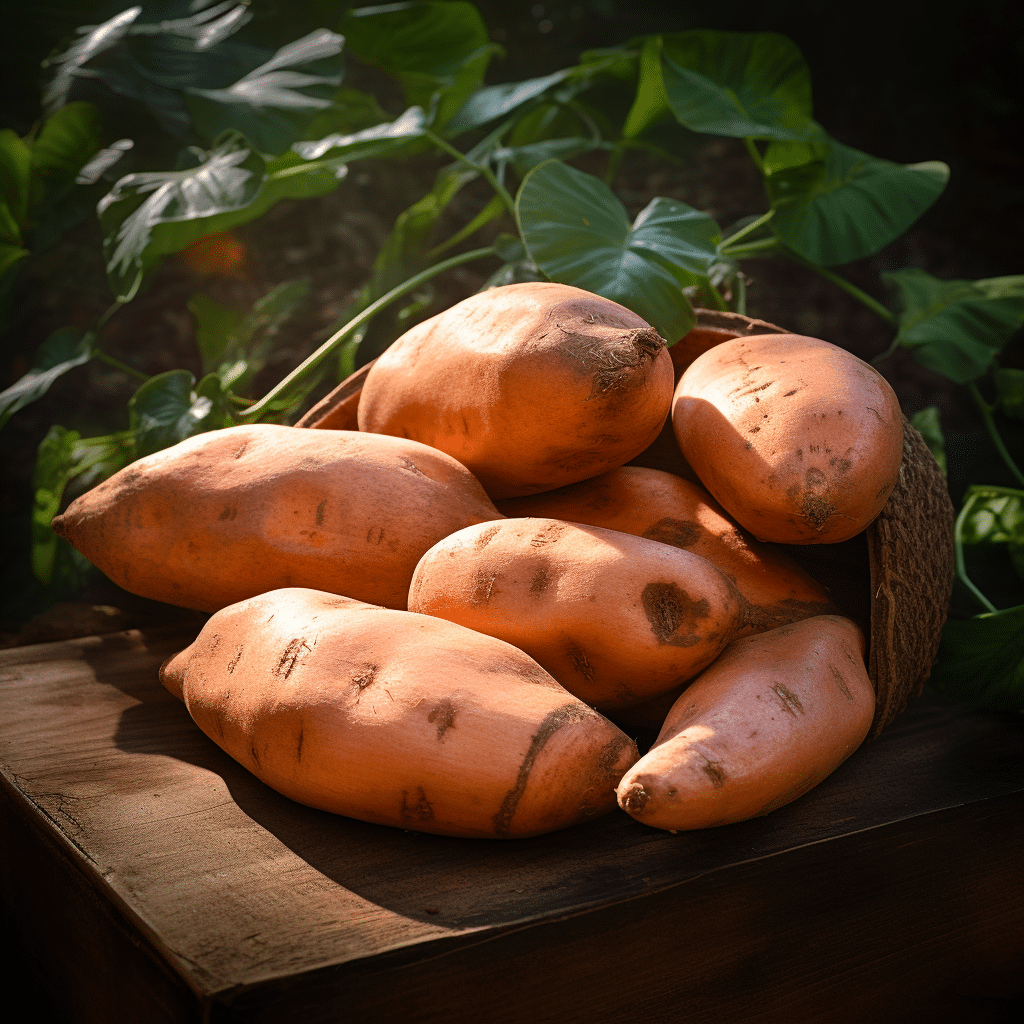LEARN HOW TO GROW...EVERYTHING!
Expert guides written by expert gardeners.
Learn how to grow your favorite vegetables, fruits, and ornamentals from real people who have mastered the art of successful gardening.
How To Grow / Tomatoes
Quick Guide to Tomato Companion Plants
MOST POPULAR ARTICLES

How to Grow Tomatoes: The Perfect Beginner’s Guide
Learn everything you need to know about growing delicious, juicy tomatoes with this comprehensive guide.

Ginger Bug: A Guide to Homemade Fermented Sodas
A complete guide to ginger bugs! Learn how to make a ginger bug, recipes for fermented sodas like ginger beer and lemonade, and ginger bug storage and maintenance tips.

Growing Green Beans: A Comprehensive Guide
Discover everything you need to know about growing green beans in this comprehensive guide.

How to Grow Mint Successfully
Discover the secrets to growing mint successfully with our comprehensive guide.































































